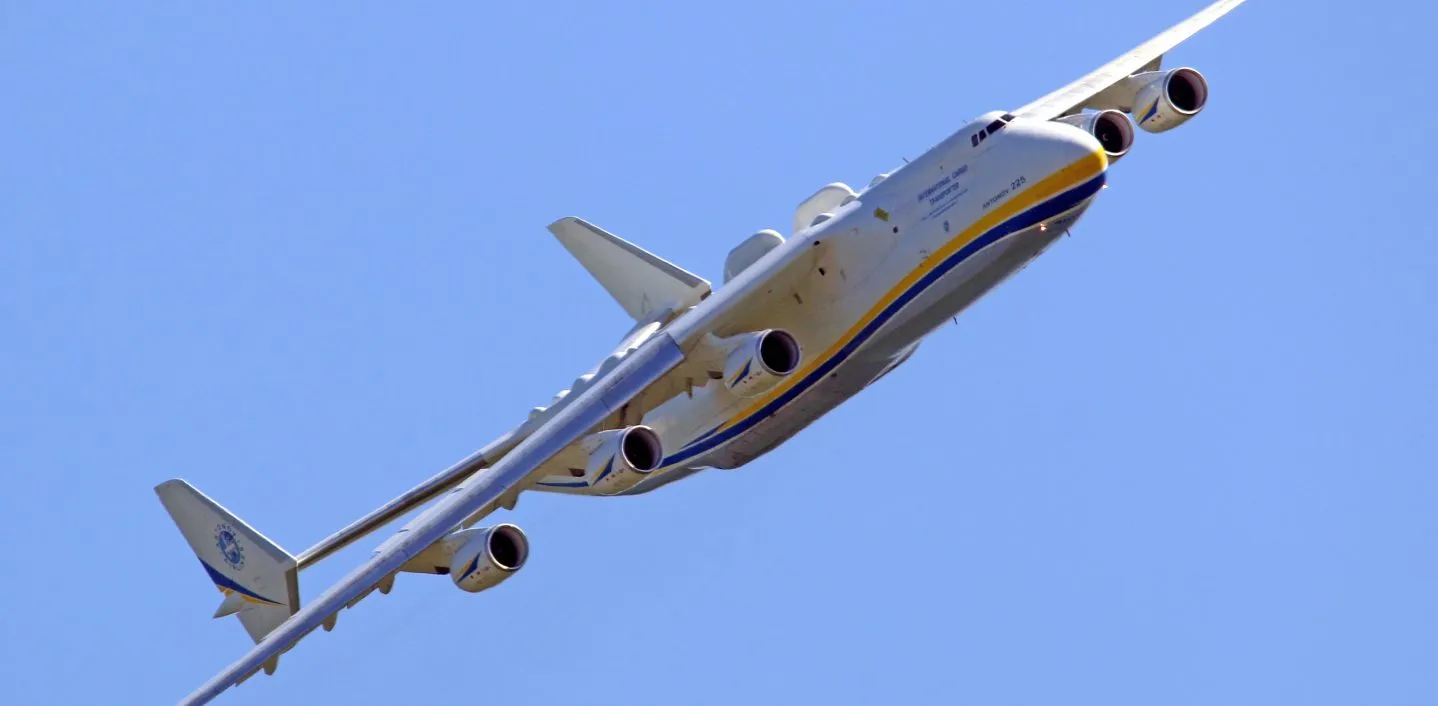
Can the giant Antonov AN-225 fly again?
Apr 18, 2022

The Antonov AN-225, the world's largest cargo aircraft, was tragically damaged during the conflict in Ukraine in 2022. As of now, efforts are underway to assess the extent of the damage and explore the feasibility of repairs. Restoration would require significant financial investment and resources, as well as a skilled workforce familiar with the aircraft's unique design. While there is hope among aviation enthusiasts and the aerospace community that the AN-225 could take to the skies again, the timeline and practicality of such a project remain uncertain. The fate of this iconic aircraft hangs in the balance.
The Antonov AN-225 Mriya, the world’s largest cargo aircraft, captured the imagination of aviation enthusiasts and the logistics industry alike. However, the recent events surrounding its destruction during the conflict in Ukraine have left many wondering: Can the giant Antonov AN-225 fly again? In this article, we will explore the possibilities of its resurrection, the challenges it faces, and the implications for air freight logistics and aviation enthusiasts.
The Current State of the AN-225
The Antonov AN-225 was a unique marvel of engineering, designed to carry heavy and oversized cargo. As of now, the aircraft was reported to have been destroyed in February 2022; however, the story does not end there. The aircraft was housed at the Hostomel Airport, which has seen significant conflict, thus raising questions about the extent of the damage.
Assessing the Damage
After the destruction of the AN-225, many experts and engineers began evaluating the potential for rebuilding this unique aircraft. Below is a table summarizing the key factors influencing the restoration of the AN-225:
| Factor | Details |
|---|---|
| Structural Damage | The extent of damage to the airframe needs thorough assessment to determine if it can be repaired or if new parts are necessary. |
| Financial Viability | The cost of restoring the AN-225 could be significant, requiring substantial investment from private or governmental entities. |
| Demand for Services | Assessing whether there is enough demand for oversized cargo transport to justify the investment in rebuilding the aircraft. |
| Availability of Parts | Many components of the AN-225 were custom-made, and sourcing these parts could pose a challenge. |
The Financial Aspect
The financial implications of restoring the Antonov AN-225 are significant. Estimates suggest that rebuilding the aircraft could cost upwards of $300 million. This figure includes not only the physical reconstruction of the aircraft but also the operational costs associated with getting it back into service. The need for a detailed financial analysis will determine if investors are willing to back such a monumental project.
Market Demand for Oversized Cargo Transport
Another critical factor influencing the decision to restore the AN-225 is the market demand for oversized cargo. The global logistics industry has seen fluctuations in demand, particularly during and after the pandemic. Key market players are evaluating whether the unique capabilities of the AN-225 are still necessary or if other, smaller aircraft can fulfill the needs of oversized cargo transport.
Challenges in Sourcing Replacement Parts
The AN-225 was a one-of-a-kind aircraft, and many of its components were custom-engineered. This raises the question: Can manufacturers produce replacements for these parts? The logistics of sourcing specialized components in a timely manner may pose another significant hurdle to the resurrection of the AN-225.
The Future of the Antonov AN-225
The future of the Antonov AN-225 Mriya remains uncertain. While there are passionate advocates for its restoration, several obstacles must be overcome. Below is a summary of the potential pathways for the AN-225:
| Pathway | Description |
|---|---|
| Restoration | Full restoration of the aircraft, requiring significant investment and time. |
| Replacement | Developing a new aircraft that can match or exceed the capabilities of the AN-225. |
| Legacy | Retaining the AN-225 as a historical artifact and creating a museum exhibit to honor its legacy. |
Conclusion
In conclusion, the question of whether the giant Antonov AN-225 can fly again is complex and multidimensional. It involves considerations of structural integrity, financial investment, market demand, and sourcing of parts. While there is a passionate community invested in the AN-225’s legacy, the realities of modern air freight logistics and the challenges of restoring such a monumental aircraft cannot be overlooked. As the aviation world watches closely, the fate of the Antonov AN-225 will serve as a testament to the resilience and innovation of the aerospace industry.
Related Articles

Explore Thailand: The Best Islands to Visit for Paradise, Adventure, and Relaxation

The Ultimate Guide to the Best Islands in Thailand for Your Next Getaway

Do babies need passports? How to get a passport for a newborn

How to get a U.S. passport fast: here’s how to expedite the process

What is Mobile Passport Control: 5 reasons why you should use it

SENTRI vs. Global Entry: A detailed guide

Do you need a passport to go to the Bahamas? Let’s find out

Do you need a passport to go to Mexico? A detailed guide

Do you need a passport to go to Canada? We got the answer

Do You Need a Passport for a Cruise: An Essential Travel Guide

Booster Seat Requirements: All the Rules to Follow in Your Rental Car

What Are the World’s Most Powerful Passports, and How Does Yours Rank?

How to Take a Passport Photo at Home: A Helpful Guide

You've got to have heart! Southwest's new livery

Your opinion: Should water be free on low cost carriers?

Young women bolder than guys as solo travellers
